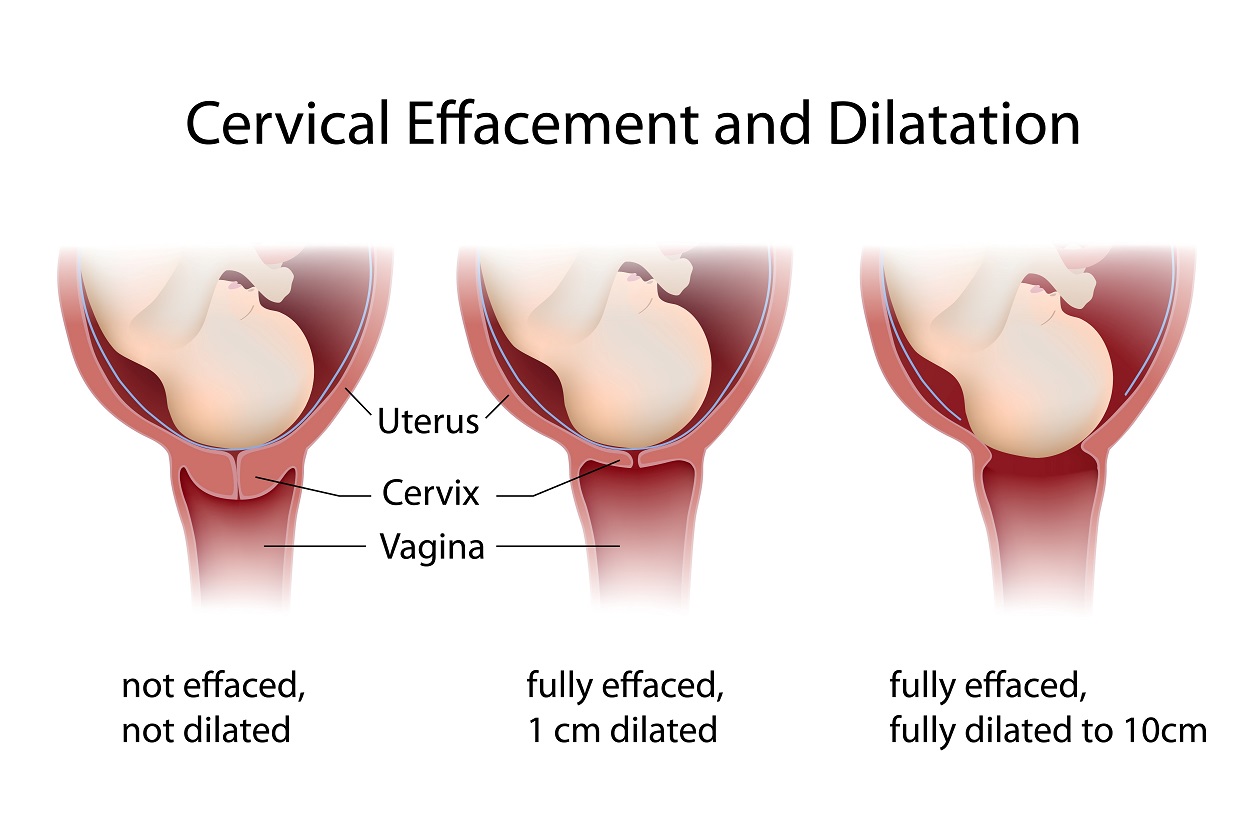
Toward no more your pregnancy, your physician will examine your cervix for signs of dilation or widening. The cervix, a narrow neck-like passage of fibromuscular tissue, connects the main body of the uterus to the vagina or birth canal. For your baby to become born, the cervix should be fully dilated. Whenever your baby is close to full term, hormones referred to as prostaglandins help start and regulate that process.
In the last weeks of your pregnancy, a visit to the doctor’s office may confirm that your cervix is already dilated by a number of centimeters. Although this suggests that it’s time for you to pack your hospital labor bag with a few essentials, it does not mean you have to go towards the hospital. Dilation is a gradual process. Although every birth experience is different, it can take hours, days or perhaps weeks, to dilate several centimeters.
If your cervix is dilated several centimeters, which means you're in the latent or early phase of labor. It means that the cervix is thinning in preparation for birth but the baby’s head is not yet engaged in the pelvis. In this phase at work, contractions can start to happen every 3 to 5 minutes. They might continue consistently or stop and start.
When dilation is measured between four and seven centimeters, a lady is regarded as in active labor. This active phase usually lasts around five hours in very first time mothers and 2 hours in mothers who have already given birth, however every labor differs.
During pregnancy the cervix helps offer the baby, but because contractions proceed that support lessens right up until the baby’s head can pass through the dilated cervix into the birth canal.
As the cervix becomes wider, it also becomes shorter. Other names for that process are ripening or effacement.
Dilation which is between seven and 10 centimeters means a woman has entered the transition phase of labor. Within this phase contractions are stronger, more frequent and reliably regular. For a lot of women, this is actually the most difficult a part of labor. The urge to push may be there but it’s too soon to do something onto it.
By time women reach 10 centimeters of dilation, the baby is in position and able to be born. This is the shortest phase at work.
While you don’t exactly feel your cervix dilating, there is one noticeable sign your cervix is getting ready for labor. That sign is the lack of the mucus plug that seals from the cervix and is made to prevent bacteria from entering the uterus and harming the baby.
As your cervix dilates, this viscous plug becomes loose and it is eventually discharged, signalling that labor will probably start inside a few days. For many the mucus plug is going to be tinged with pink, red or brown blood and that’s why it is also called a bloody show. This really is perfectly normal. However, any suggestion of red blood is not normal. Spotting with red blood during any phase of being pregnant or early labor is definitely cause for concern and really should be reported to your doctor since it could indicate an issue with the placenta.
Doctors measure the period of time it takes the cervix to dilate when considering whether or not to induce labor, use forceps throughout the delivery, or provide the baby by Cesarean section. When labor doesn't appear to be progressing according to schedule, doctors may apply a gel or vaginal insert of synthesized prostaglandin to the cervix to help the dilation process along.
In rare cases, the cervix dilates and thins too early inside a pregnancy, potentially leading to miscarriage or preterm labor. This is whats called cervical incompetence also it can be treated by a method that prevents the cervix from completely dilating. Cervical incompetence is rare but when you have the following symptoms, always speak to your doctor:
- Vaginal bleeding anytime inside your pregnancy
- Mucous discharge before 36 weeks
- Pelvic pressure or cramping before 36 weeks
- Intense lower back pain
In the weeks following childbirth your cervix will narrow and thicken again, although it may not become as narrow because it was before childbirth.

